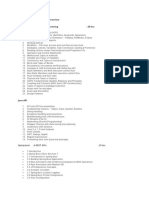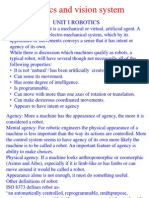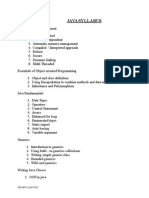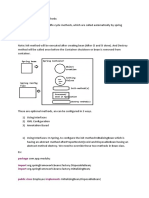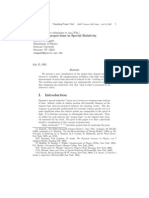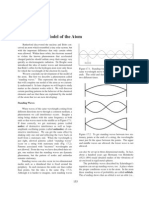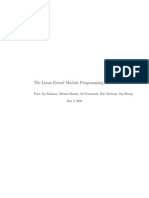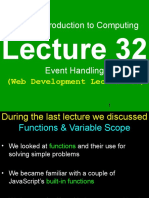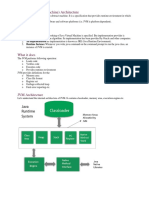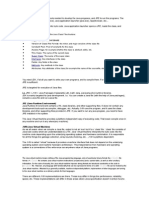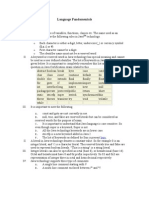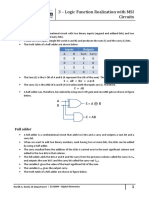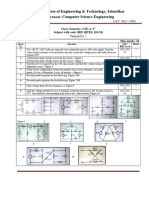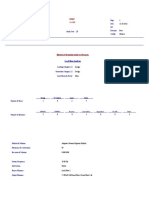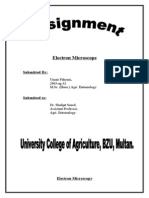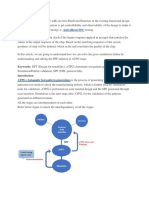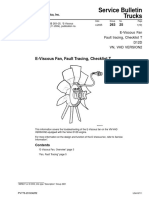0% found this document useful (0 votes)
249 views37 pagesJava Virtual Machine Fully Final
The Java Virtual Machine (JVM) translates Java bytecode into machine code that can be executed by the underlying hardware. It provides a layer of abstraction between compiled Java programs and the operating system and hardware. The JVM has two main subsystems - the class loader subsystem, which loads Java classes, and the execution engine, which executes the bytecode instructions. The JVM organizes memory into runtime data areas like the stack, heap, and method area to execute programs.
Uploaded by
api-3738830Copyright
© Attribution Non-Commercial (BY-NC)
We take content rights seriously. If you suspect this is your content, claim it here.
Available Formats
Download as PPT, PDF, TXT or read online on Scribd
0% found this document useful (0 votes)
249 views37 pagesJava Virtual Machine Fully Final
The Java Virtual Machine (JVM) translates Java bytecode into machine code that can be executed by the underlying hardware. It provides a layer of abstraction between compiled Java programs and the operating system and hardware. The JVM has two main subsystems - the class loader subsystem, which loads Java classes, and the execution engine, which executes the bytecode instructions. The JVM organizes memory into runtime data areas like the stack, heap, and method area to execute programs.
Uploaded by
api-3738830Copyright
© Attribution Non-Commercial (BY-NC)
We take content rights seriously. If you suspect this is your content, claim it here.
Available Formats
Download as PPT, PDF, TXT or read online on Scribd
/ 37
